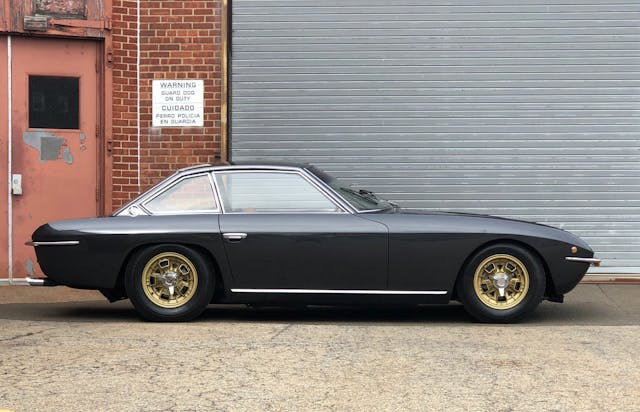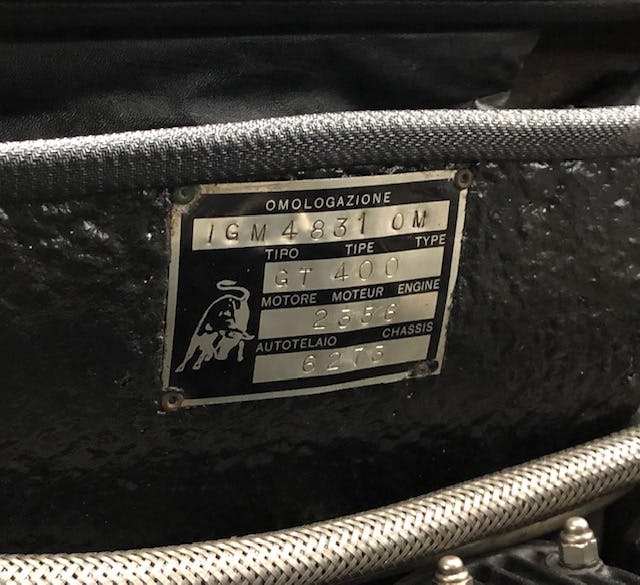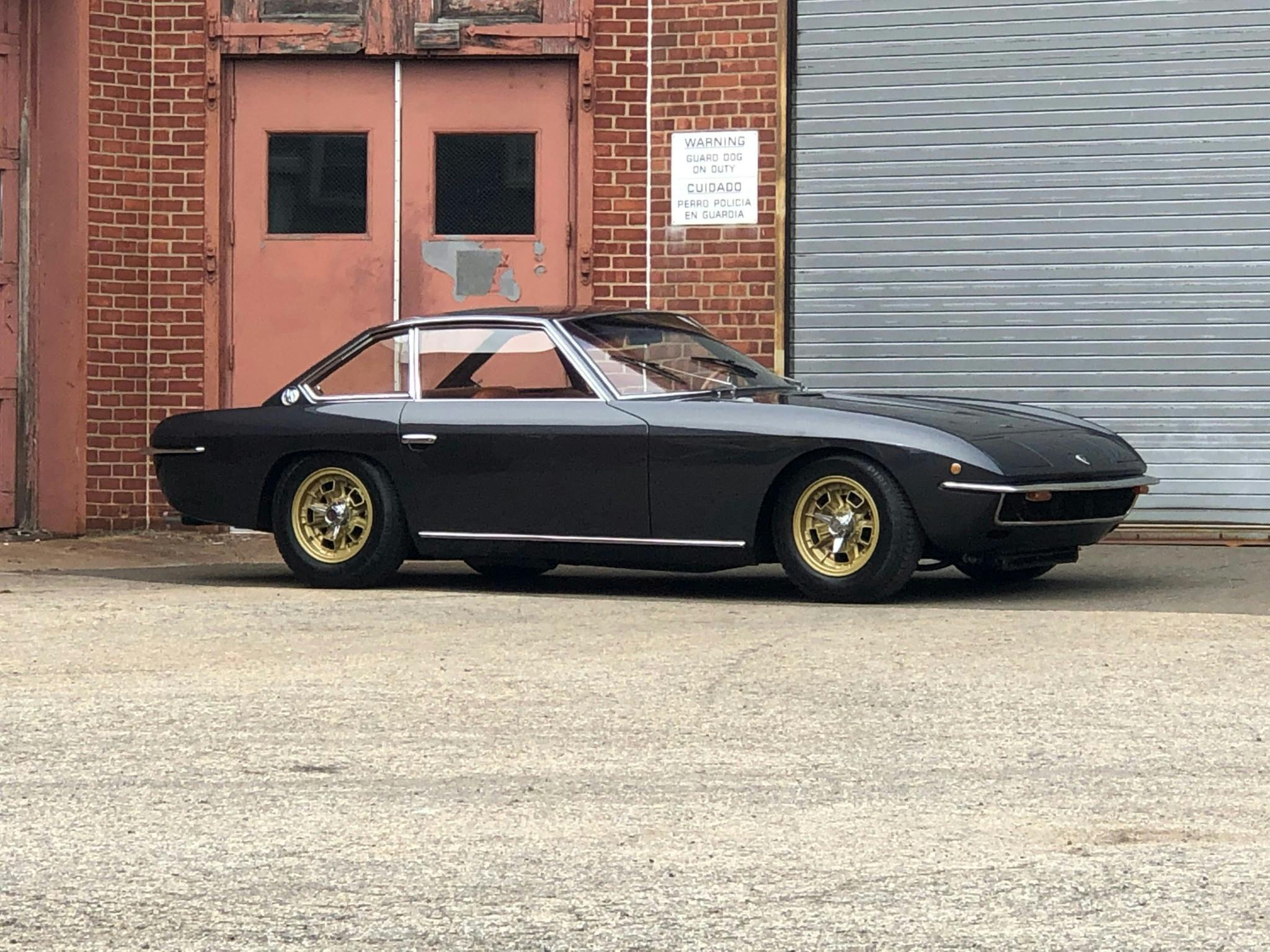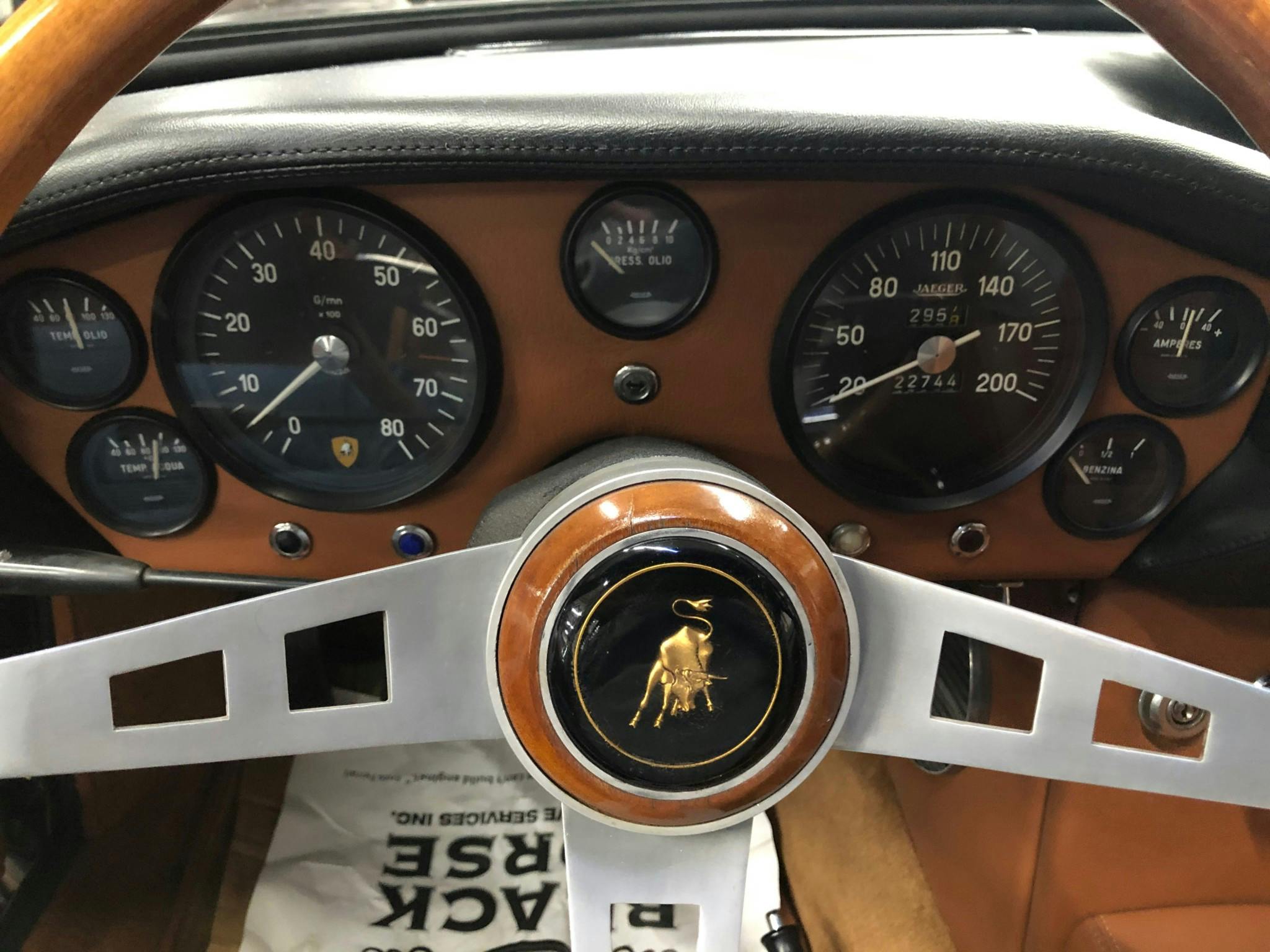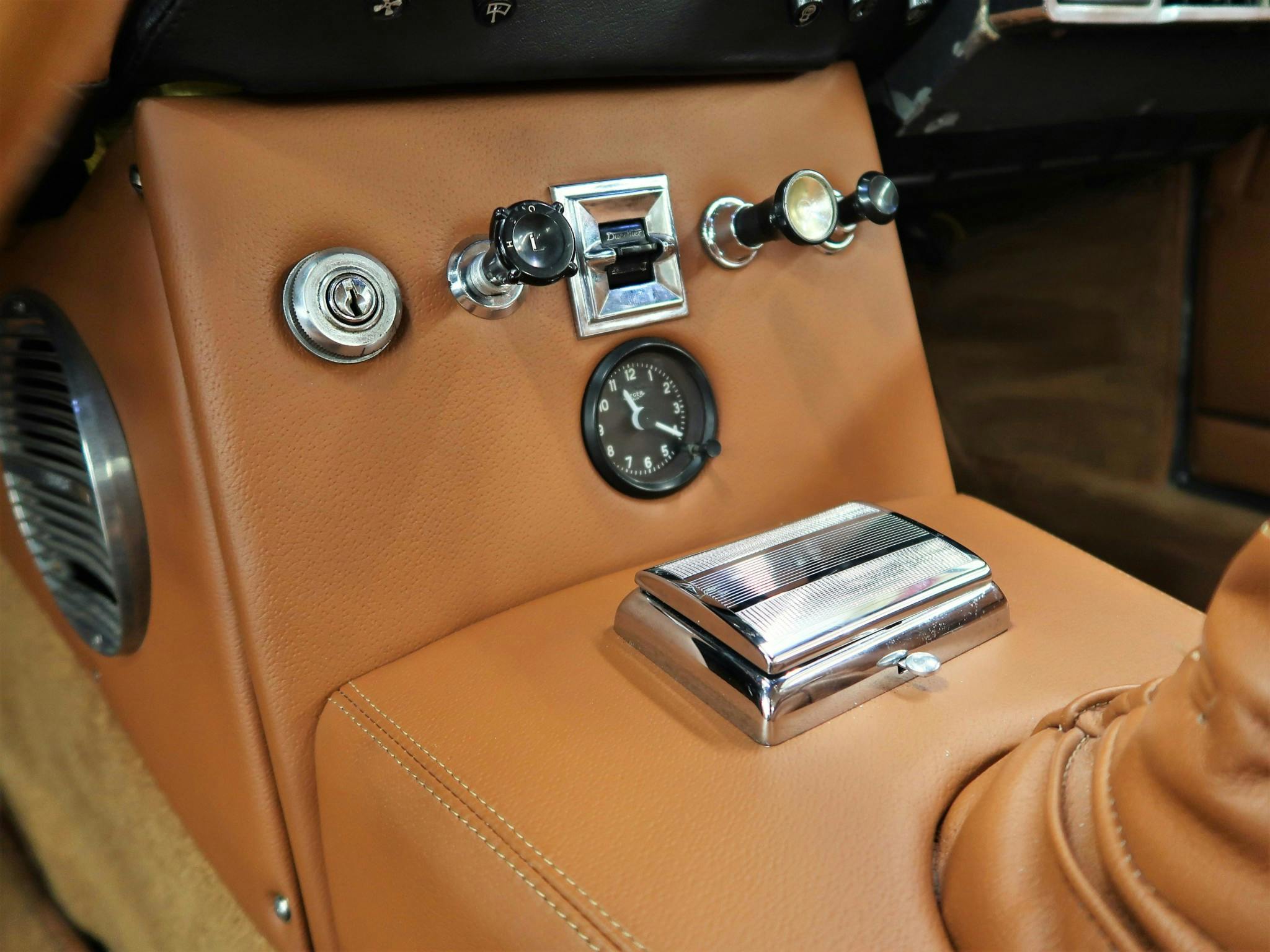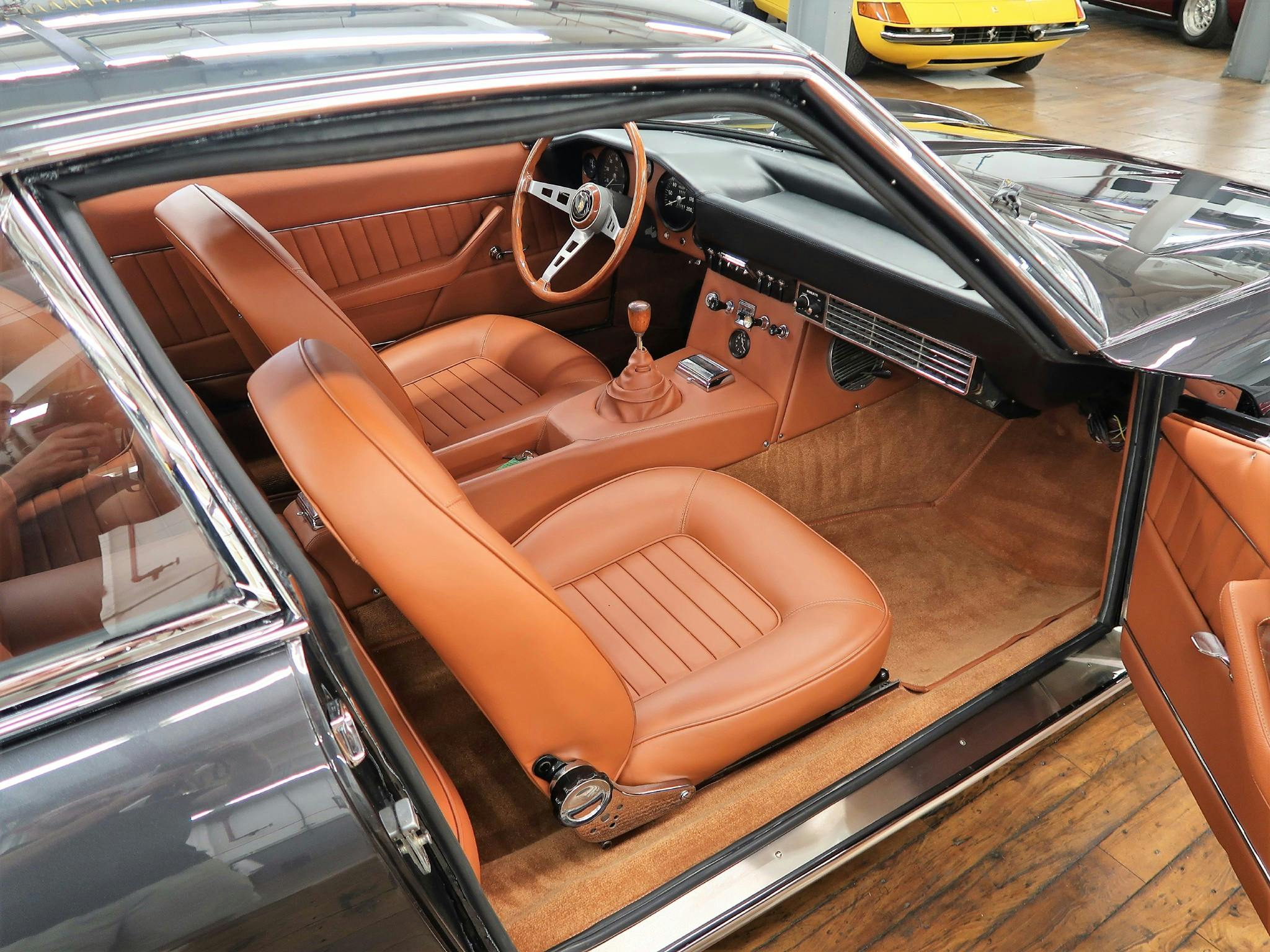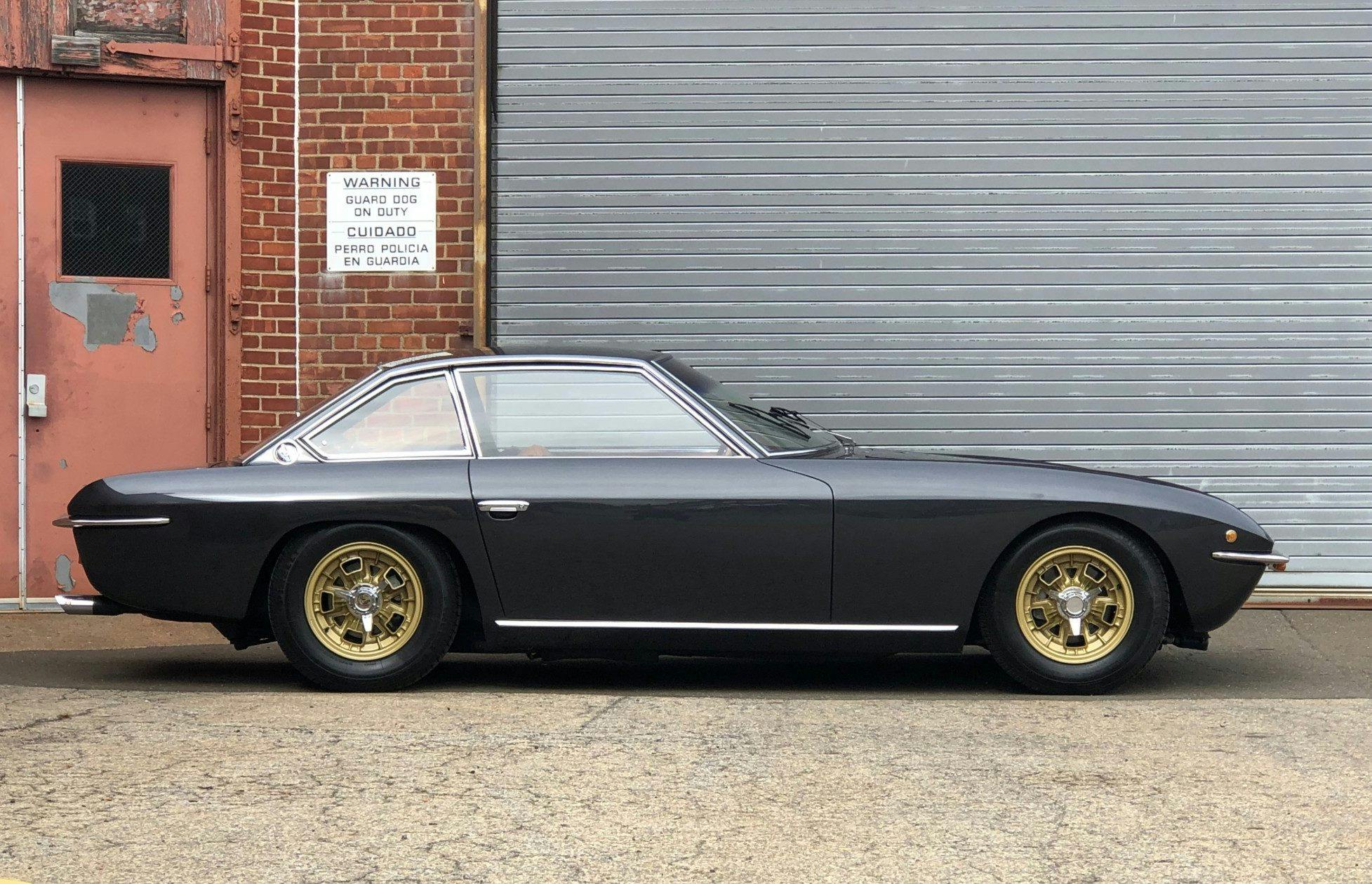Media | Articles
Why did this Lamborghini Islero just net $258K?
We remember the Miura as the ’60s Lamborghini poster child, but the supercar marked a deviation from a tradition firmly set by the Italian house: well-appointed grand tourers with generous, sonorous V-12s. Midway through the Miura’s life, and following the 400 GT 2+2, Lamborghini continued its GT breed with the Islero (1968–69).
Though the Islero has thankfully proven far less deadly than its horned namesake (see below), the cars are still grabbing the attention of collectors. Case in point: This 1969 example, which sold for $258,500 (commission included) on Bring a Trailer, nearly matching its top, #1-condition (Concours) value in the process. Why is this lesser-known Lambo so desirable—and why, especially in such unpredictable times, did it notch such a price?
First, some history. The Islero debuted alongside the Espada at the 1968 Geneva Motor Show, and both helped take up the 400 GT’s mantle as front-engine, 2+2 grand tourers. The Islero shared a frame and rear suspension with the 400 GT, but rather than Touring it wore aluminum bodywork from Marazzi, which had just gone bankrupt. Though it packed serious performance for the ’60s, thanks to the familiar 3929-cc V-12, the Islero was overshadowed by the larger Espada and alluring Miura. Fun fact: While Miura was named after a bloodline of Spanish fighting bull, the Islero commemorates one particular bull, who in 1947 gored and killed Spanish matador Manuel Rodriguez, nicknamed Manolete.
Only 225 Isleros were produced, split between 125 GT models (like the one featured) and 100 GTS models. The latter was only available in ’69 and featured a small horsepower bump (to 340 hp) and bigger brakes, paired with exterior and interior styling tweaks. Whichever flavor of Islero you prefer, these cars are rare—and with the prancing bull, 12 majestic cylinders, and understated, elegant lines, they’re quite compelling.
This particular Islero, s/n 6273, is one of the GT models and so boasts the 3.9-liter V-12 in 320-hp, six-Weber trim, paired with a five-speed manual. Originally delivered to a Canadian customer, it’s been through a couple repaints—either from bronze to grey or from red to grey, we’re not sure—and currently wears Grigio Agate, a slightly later-era shade. However, beneath the out-of-period paint (and aside from the Miura-style, slightly flaking wheels), this numbers-matching Islero is in fine, refurbished fettle. Though the engine was removed during detailing, it only needed a new ignition coil, spark plugs, and heater hoses in addition to some cosmetic touch-ups. The car got a new clutch slave cylinder, and the suspension and brakes have also received some love, including new shock absorber bushings and new brake hoses. The interior has been reupholstered in the original Tobacco color scheme, and wiring for the wipers, turn signals, and headlights has also been reworked.
Marketplace
Buy and sell classics with confidence
Though it shows only 23K miles, this Islero has spent time at some classy gatherings, including several appearances Concorso Italiano and, most recently, at the Quail this past summer. It’s well-maintained, exclusive, and original, with papers to prove it. Which does much to explain its $268,500 sale on Bring a Trailer.
The coronavirus casts a long shadow of uncertainty on the collector car market, but “This car is in the ‘can’t wait’ category,” says Hagerty valuation information analyst Adam Wilcox. Isleros don’t pop up for sale often, and this example has passed snuff at some of the most elite concours.
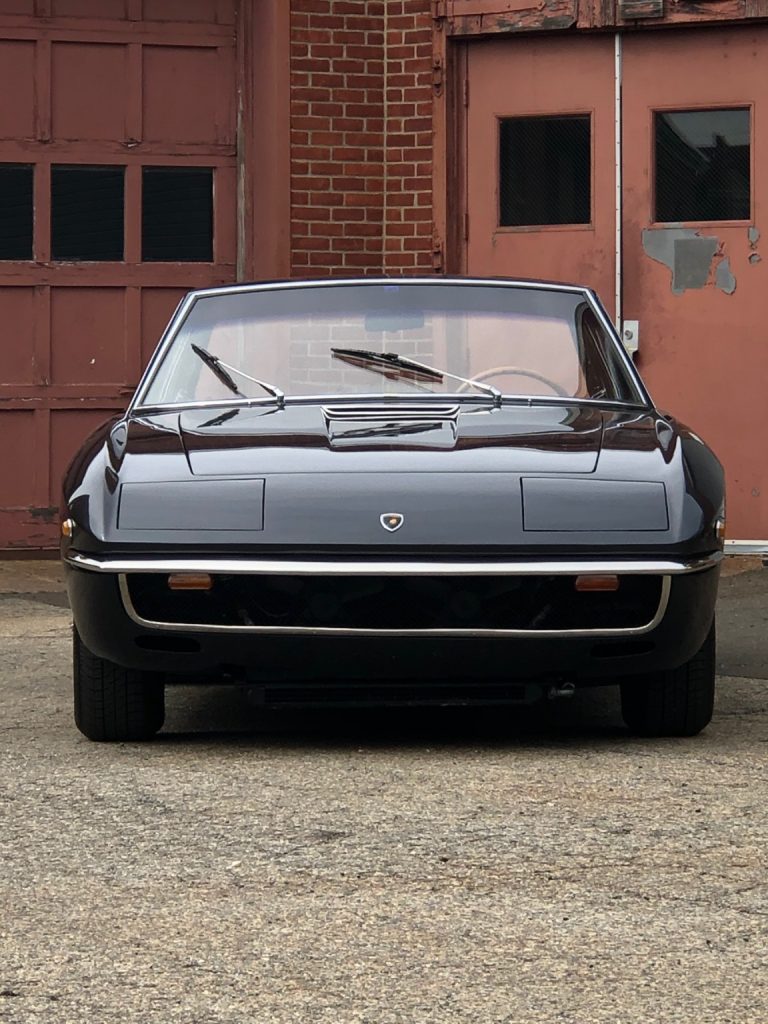
Without factory-installed air conditioning, the Islero would have cleared its #1-condition value by 6.5 percent, but since its order sheet does show aria condizionata, its #1 value jumps 10 percent, from $251,000 to $276,100. This Bring a Trailer sale of $258,500, then, falls a bit short of this Islero’s condition-appropriate value. However, a six-figure sale—one nearly matching the condition-appropriate value of the car—is an encouraging sign in the present market.
“The strong sale price shows that enthusiasts are still buying—especially for rare cars in top condition,” says Brian Rabold, Hagerty’s vice president of Valuation Services. Despite precarious economic and financial times, this sale suggests that the collector market isn’t in such a dire state as some may fear. This Islero remains a compelling example of a desirable car, and it stands as a heartening reminder of the automotive community’s investment in the hobby.”
